HISTORY
HISTORY
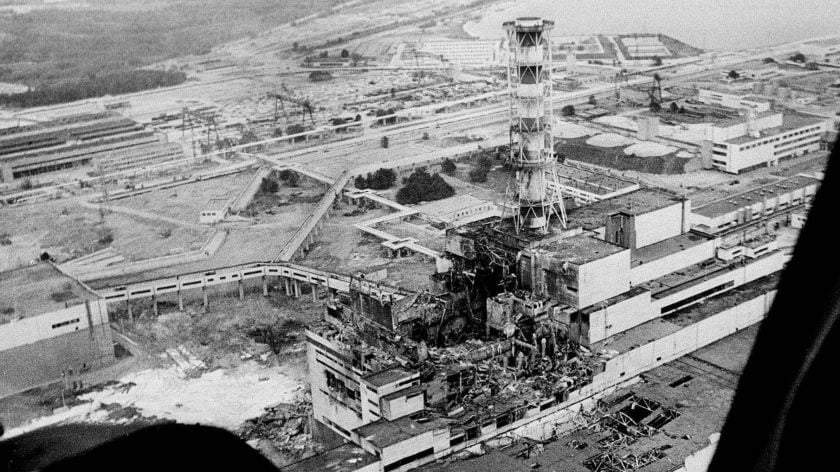
In the early hours of April 26, 1986, a group of workers at the Vladimir Ilyich Lenin nuclear power plant in Chernobyl, Ukraine proceeded to carry out an experiment which would test the security systems of the station.
The experiment was to shut down the automatic power setting of the fourth unit of the station along with the safety systems, allowing however the fourth reactor of the station to operate at 7% of its power.
Around 12:30 in the morning, a chain reaction in the fourth reactor caused a series of explosions, which destroyed its steel cover, weighing a thousand tons. From that moment on, huge quantities of radioactive material were released into the air and spread rapidly to the surrounding areas.
Also read: June 22, 1941 | Operation Barbarossa, the largest military invasion in history
Two days later, on April 28, Swedish observatories began recording high levels of radioactivity and demanded an explanation from the Soviet Union. Initially, the Soviet government tried to cover up the incident, but the situation was out of control, forcing it to admit that there was a “minor accident”.
For ten consecutive days, flammable nuclear fuels and millions of radioactive elements were released into the atmosphere. It is estimated that the amount of nuclear elements released into the atmosphere is equivalent to 200 nuclear bombs (such as that of Hiroshima). Radioactive dust spread over Europe, up to the North Pole, and took about 7,000 tonnes of metal and 400,000 cubic meters of Reinforced Concrete to bury the hundreds of tons of nuclear fuel and radioactive debris in a sarcophagus.
The explosion took the lives of 31 people, while since 1986, more than 25,000 soldiers and civilians from Ukraine, Russia, Belarus and other former Soviet republics, who had been sent to work at the station, have died.
Also read: May 8, 1945 | Victory Day for Humanity
According to UN data, 8.4 million people from Ukraine, Russia and Belarus have been exposed to radioactivity, which had covered 150,000 square kilometers, half the size of Italy. About 400,000 people have been forced to flee their homes, but about 6 million are still living in contaminated areas.
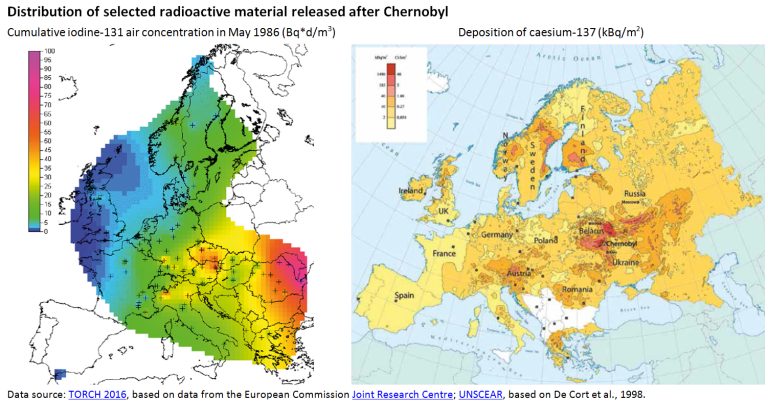
Due to the status of the Soviet Union, there are no clear reasons that led to this tragedy. However, according to the international research findings, a number of chain factors played an important role, such as inadequate reactor safety and protection systems, as well as the mishandling of poorly-trained workers.
The Chernobyl Nuclear Power Plant “Vladimir Ilyich Lenin” was permanently shut down in December 2000, following international pressure from the Ukrainian government and fears of new explosions in its obsolete reactors.
Also read: The sinking of Wilhelm Gustloff | The story behind the biggest maritime tragedy in the world – VIDEO
With information from: SanSimera.gr
NEWSLETTER SUBSCRIPTION
Armenian Genocide Remembrance Day
On this day, 109 years ago, the genocide of the Armenian people by the Ottoman Empire began, with April 24 being the day of…
April 10, 1826 | The heroic Exodus of Messolonghi
Three years after the failed attempt of Kioutachis and Omer Vryonis to capture Messolonghi, the Sultan had a new plan.
Hellenic Army General Staff (HAGS) | Events for the 83rd Anniversary of the Battle of the Forts
On Sunday, April 7, 2024, the 83rd anniversary of the Battle of the Forts (April 6-9, 1941) was celebrated at “LISSE”, “RUPEL”,…
HNDGS | Bilateral joint training between Greece and Poland – Photos
The bilateral joint training between the Armed Forces of Greece and Poland, in the wider area of Attica, was completed on Thursday…
Sielman | Contract for support of the HAWK anti-aircraft system
The US Department of Defence has awarded a $49.9 million contract modification to Greek company Sielman S.A. to provide diagnostic and…
Hellenic Entrepreneurs Association | Ideas & Positions for the Promotion of Greek Entrepreneurship
The members of the Hellenic Entrepreneurs Association (E.E.N.E.) participated in a roundtable discussion entitled “Ideas, Positions…
Ukraine | Increase in defence spending by 367 million euros for the acquisition of drones
Kiev is increasing spending by 15.5 billion hryvnias (367 million euros) to bolster Ukraine’s armed forces with drones, according to…
HMoND | The legislative initiative for HCDI is under consultation
The legislative initiative of the Ministry of National Defence, under the title: “Establishment of the Hellenic Center for Defence…
Russia | Cluster bombs hit residential area in Odessa
Images from Russia’s strike in the heart of Odessa, which hit the so-called “Harry Potter Castle”, a former politician’s mansion now…





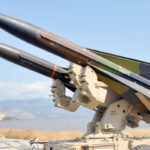




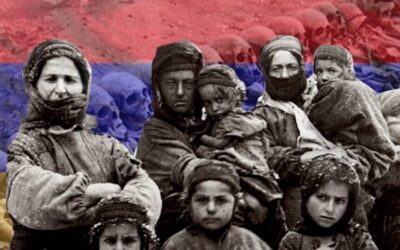


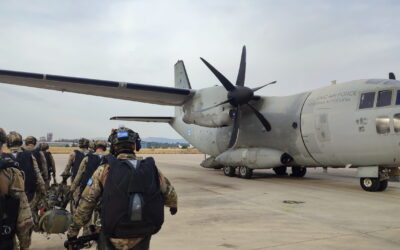
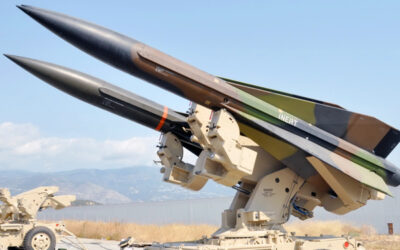
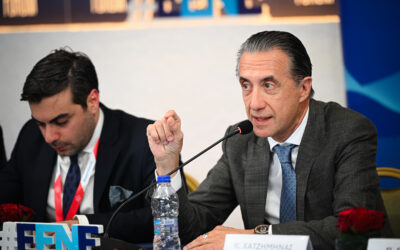
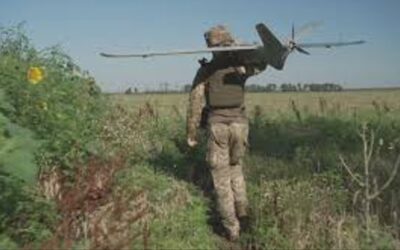

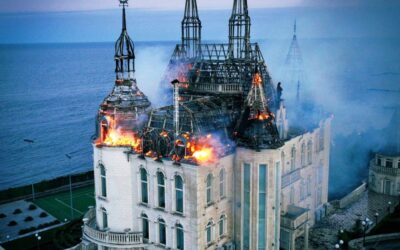
0 Comments